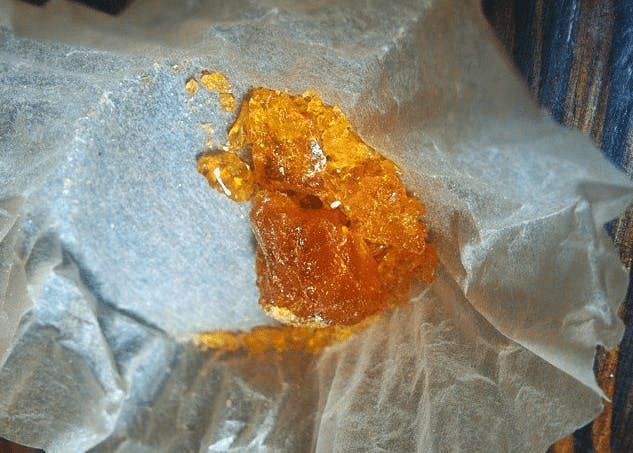Or does it? Many people assume that dabbing is for recreational use only and for good reason. Its popularity has surged among marijuana enthusiasts over the past few years, and it has become well known for its quick onset and robust effects.
However, many medical patients dab due to the intensity of their condition and the need for stronger symptom relief. Dabbing quickly provides a much stronger dose of cannabinoids, and the results for medical patients can be life-changing. Unfortunately, mainstream media has painted a dark picture of dabs, pointing to psychotic episodes and exaggerating possible health dangers.
FOLLOW US ON FACEBOOK & INSTAGRAM
When it Comes to Cannabis, What Are Dabs?
Dabs are cannabis concentrates, which are also known as wax, honey, BHO, oil, dabs and shatter. They are typically very high in tetrahydrocannabinol (THC), often in the range of 60–90%. For medical patients who want quick relief without the psychotropic high, CBD-dominant dabs are also available, although they’re often harder to find.
Concentrates are extracted using butane, CO2 and solventless extracts such as rosin. The extraction process can be dangerous, depending on the method used, and explosions have occurred due to flammable gases and lack of proper ventilation. For this reason, amateur enthusiasts should leave it to the professionals when it comes to extraction.
Dabbing marijuana is done by heating a small amount of concentrate over a heat source and inhaling the vapor. New dabbing technologies continue to be developed, and the set-up for dabbing may vary from person to person.
Some people prefer to heat their concentrate on a titanium nail, which is then heated with a torch, placed into a water pipe and smoked. Others prefer purchasing a dab rig, which can be either elaborate pieces of equipment, or extremely portable and efficient. Since there are so many choices available today, it comes down to a matter of personal preference as to which type of dab rig and equipment are used.
RELATED: WHY DO SOME PATIENTS DAB MARIJUANA?
What Are the Effects of Dabbing Marijuana?
If you’re experienced with cannabis, and have a higher tolerance to THC, dabbing may be an excellent way to medicate. If you’re a novice consumer, the effects of a high THC, and possibly even CBD-dominant dab, may be too overwhelming. For those who can tolerate dabbing, the effects are often described as a smoother overall experience with an intensity unrivaled by traditional methods of smoking. Patients often describe a cleaner taste and a high that’s different from other methods of ingestion. For medical patients in chronic pain, with PTSD or who experience extreme nausea, dabbing may provide effective relief immediately.
When concentrates are manufactured properly and are “clean” of harmful chemicals, immune-compromised patients inhale a product that may be healthier and better for the lungs than that of traditional flower. It’s important to note that if you begin dabbing consistently, your tolerance will most likely go up, and traditional methods of consumption may no longer provide the same relief or the desired effect. In some cases, when a person dabs too often and then stops, withdrawal symptoms may occur.
Due to the potency of concentrates, it’s also possible to consume too much cannabis. Symptoms of dabbing overconsumption include vomiting, paranoia, immobility, confusion, an accelerated heart rate and even fainting. As with all methods of consumption, go low and slow. With dabbing, the saying “less is more” holds true.
Photo credit: Steven Schwartz
If you’re new to cannabis and want to learn more, take a look at our Cannabis 101 post. HelloMD can help you get your medical marijuana recommendation; it's easy, private and 100% online.
